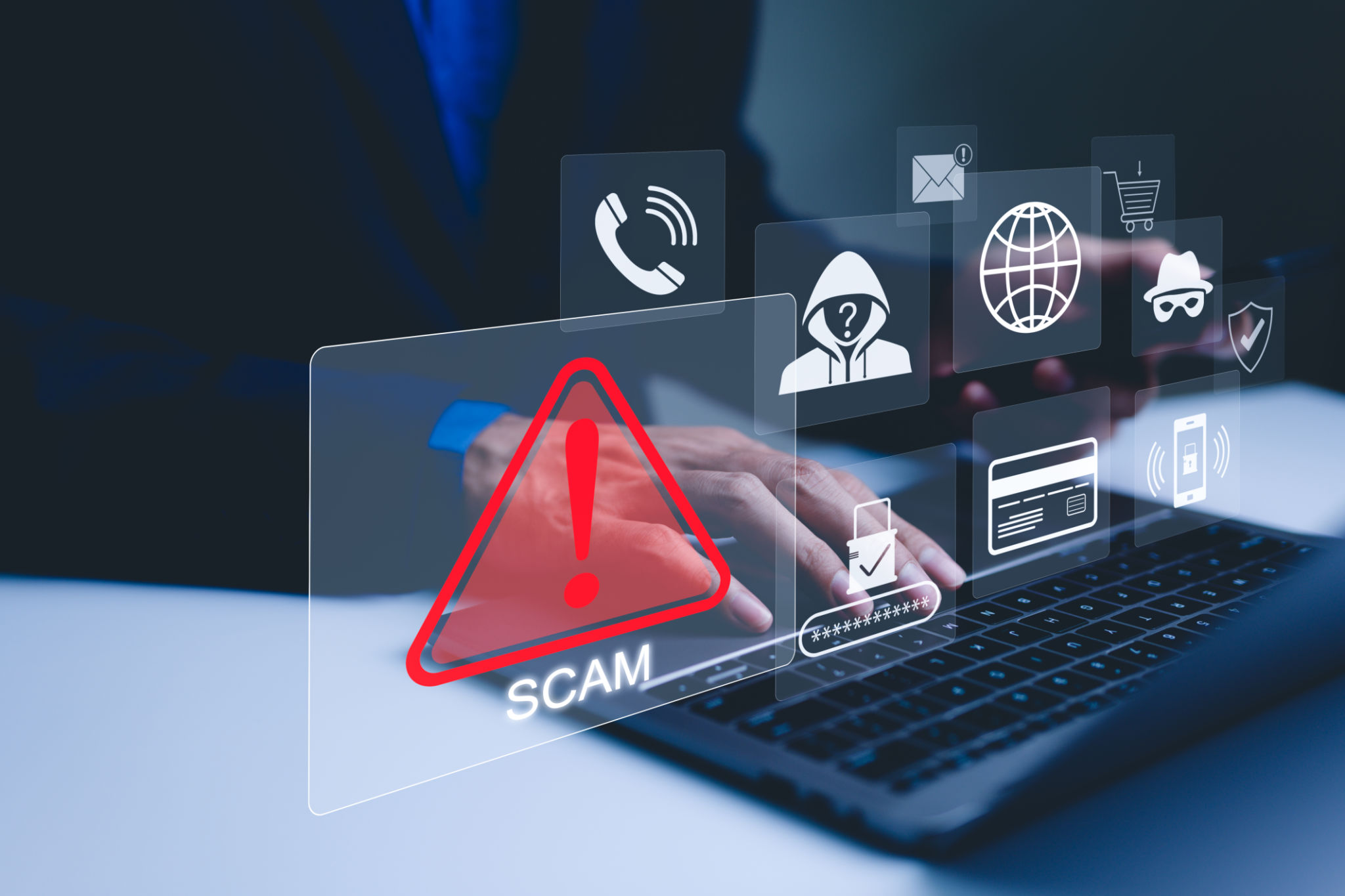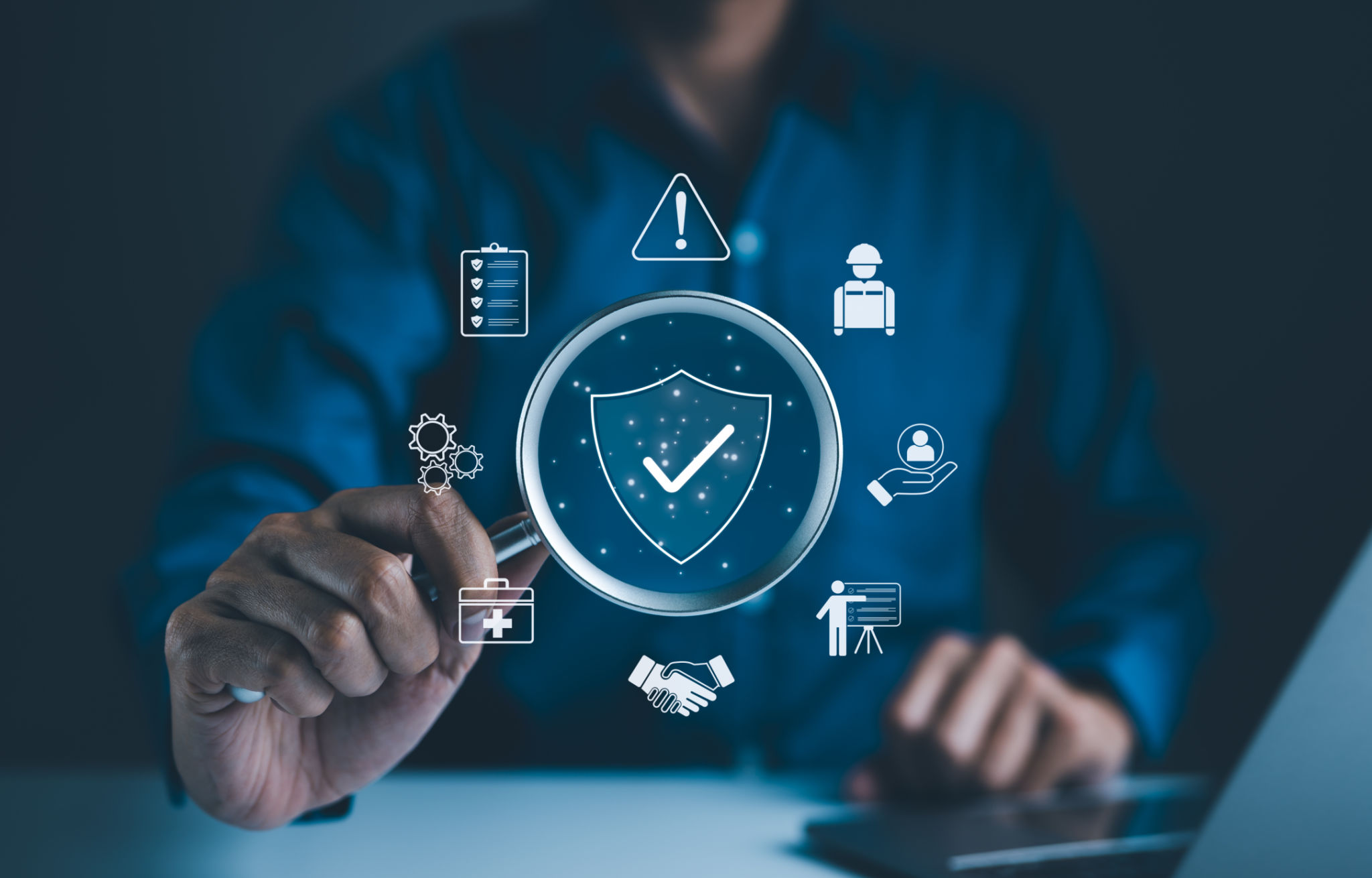How to Prepare Your Executive Team for Phishing and Vishing Attacks
Understanding the Threat of Phishing and Vishing
As cyber threats become increasingly sophisticated, it's crucial for businesses to prepare their executive teams for specific attacks like phishing and vishing. Phishing involves fraudulent emails that aim to steal sensitive information by pretending to be a legitimate entity. Vishing, on the other hand, utilizes voice calls to deceive individuals into divulging private details. Both forms of attack can have devastating consequences if not properly addressed.

Recognizing Common Phishing and Vishing Tactics
To effectively combat these threats, executives need to be aware of the common tactics used by cybercriminals. Phishing emails often include urgent language, requests for confidential information, or suspicious attachments and links. Vishing calls may employ social engineering techniques, using fear tactics or impersonating authority figures to extract sensitive data.
It's important for executive teams to understand these red flags and remain vigilant. Regularly updating them on the latest trends in phishing and vishing can empower them to identify potential threats before any damage is done.
Implementing Robust Security Training
One of the most effective ways to prepare your executive team is through comprehensive security training. This training should cover the identification of phishing emails and vishing calls, as well as the appropriate steps to take when an attack is suspected.

Security training programs should be engaging and tailored to the specific needs of your executives. Consider incorporating realistic simulations and role-playing exercises that mimic real-world scenarios. This hands-on approach can enhance their ability to respond effectively in the event of an actual attack.
Utilizing Technology to Enhance Security
Advanced technology solutions can play a significant role in protecting against phishing and vishing attacks. Implementing email filters and voice recognition software can help detect and block potentially harmful communications before they reach your executives.
- Email Filters: Use sophisticated filters to scan incoming emails for suspicious content and block malicious ones.
- Voice Recognition Software: Deploy systems that can identify and flag unusual voice patterns or suspected vishing attempts.
Establishing Clear Response Protocols
Having a clear response protocol in place is essential for minimizing the impact of a phishing or vishing attack. Make sure your executive team knows who to contact within your IT department if they suspect any fraudulent activity.

Develop a detailed incident response plan that outlines specific actions to be taken in various scenarios. Regular drills and reviews of this plan can ensure that all team members are prepared and can act swiftly in the face of an attack.
Fostering a Culture of Vigilance
Finally, fostering a culture of vigilance throughout your organization can significantly bolster your defenses against phishing and vishing threats. Encourage open communication about potential threats and successes in thwarting attacks.
Create an environment where employees feel comfortable reporting suspicious activity without fear of repercussions. By promoting a proactive approach to cybersecurity, your executive team can lead by example, reinforcing the importance of vigilance at every level of your organization.
